6 WONDERS of the UNIVERSE
HORSEHEAD NEBULA
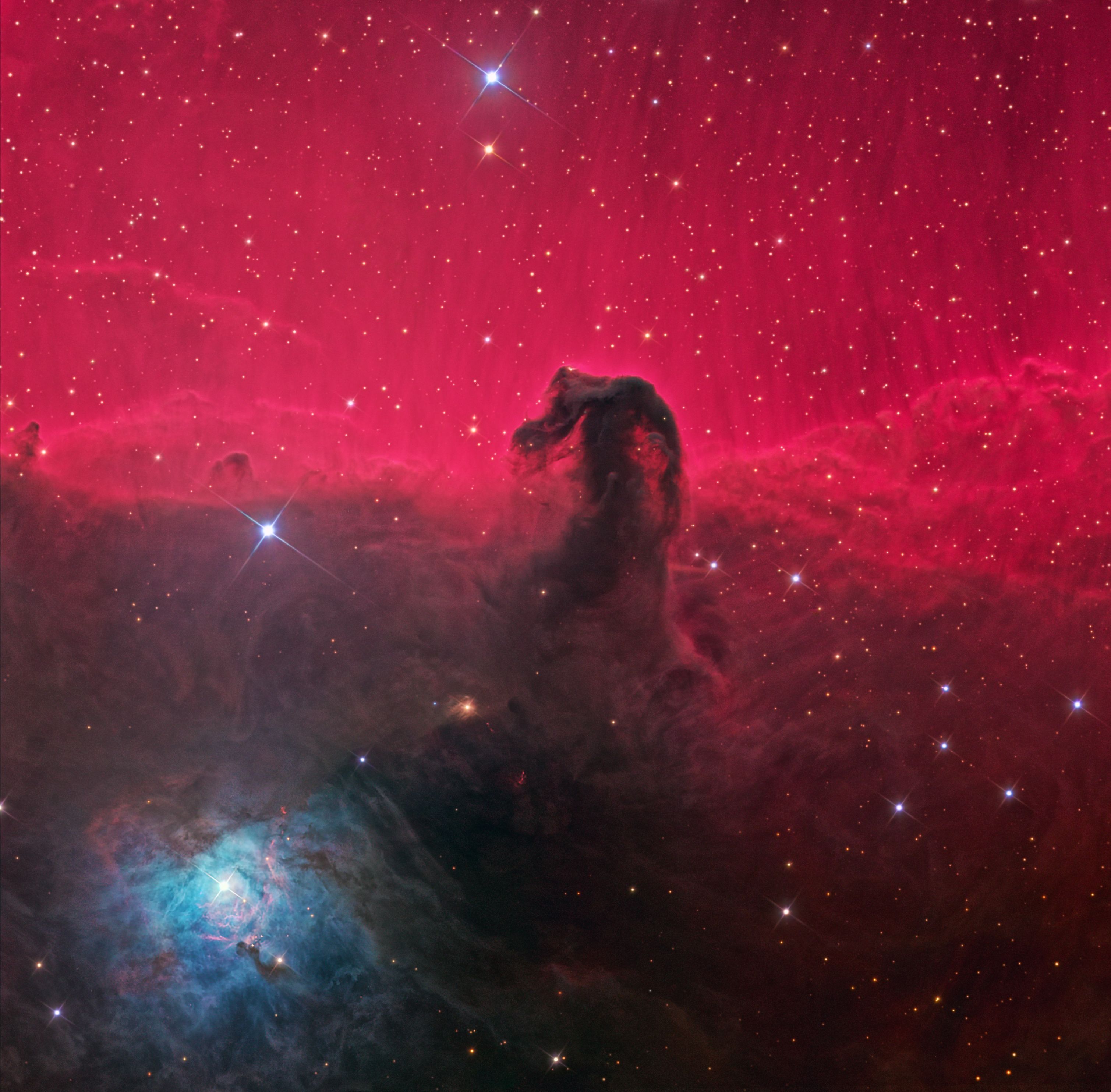
The Horsehead Nebula is approximately 1500 light years from Earth. It is one of the most identifiable nebulae because of the shape of its swirling cloud of dark dust and gases, which bears some resemblance to a horse's head when viewed from Earth.
ETA CARINAE
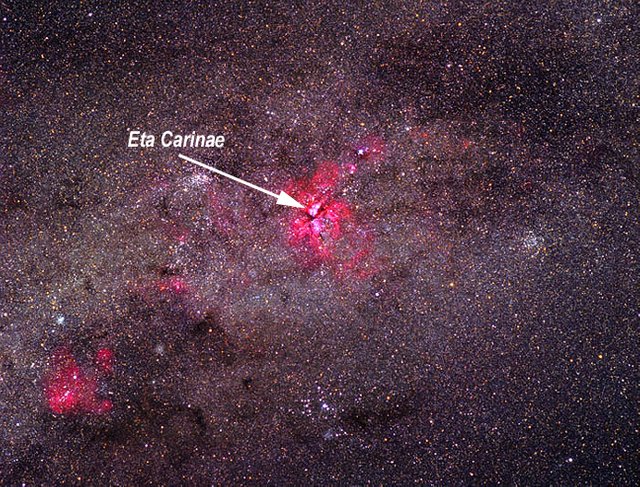
Some 7,500 light-years away in the constellation of Carina a massive binary star called Eta Carinae, at least a hundred times more massive than our own sun and 5 million times brighter, is approaching the point where it will detonate as a supernova. Eta Carinae is one of the brightest objects in our galaxy.
ARP 273
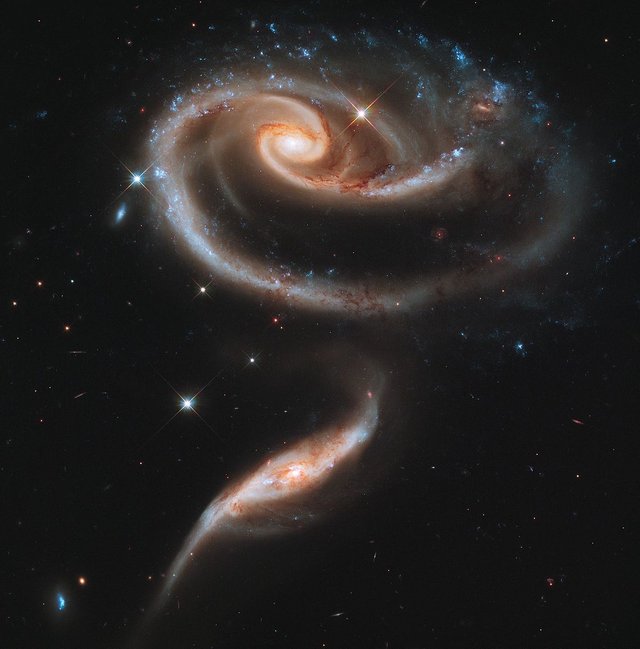
Arp 273 is a pair of interacting galaxies, lying 300 million light years away in the constellation Andromeda.
RING OF DARK MATTER
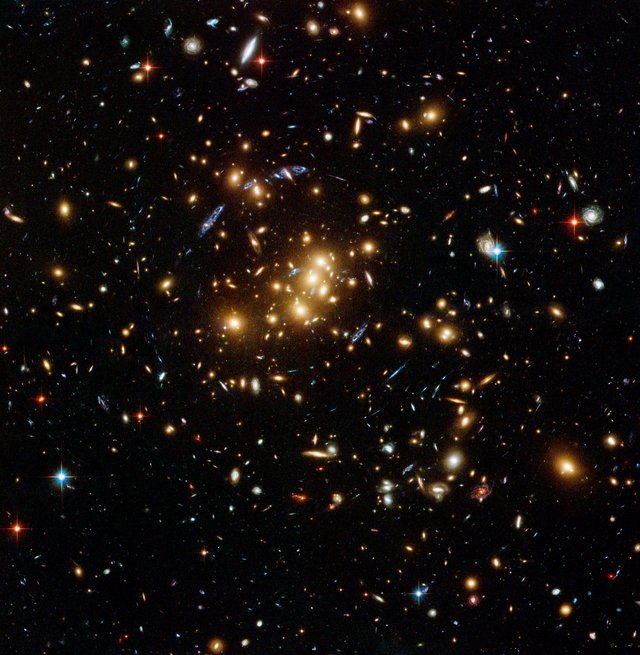
An international team of astronomers using the NASA/ESA Hubble Space Telescope has discovered a ghostly ring of dark matter that was formed long ago during a titanic collision between two massive galaxy clusters. It is the first time that a dark matter distribution has been found that differs substantially from the distribution of ordinary matter.
CRAB NEBULA PULSAR
The Crab Pulsar is one of very few pulsars to be identified optically. The optical pulsar is roughly 20 km in diameter and the pulsar "beams" rotate once every 33 milliseconds, or 30 times each second .
PILLARS OF CREATION
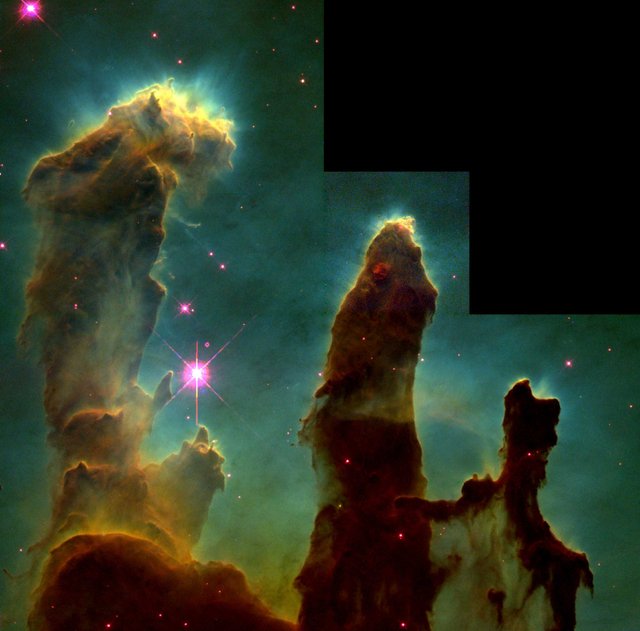
Pillars of Creation is a photograph taken by the Hubble Space Telescope of elephant trunks of interstellar gas and dust in the Eagle Nebula, some 6,500-7,000 light years from Earth. They are so named because the gas and dust are in the process of creating new stars, while also being eroded by the light from nearby stars that have recently formed.Taken on April 1, 1995, it was named one of the top ten photographs from Hubble by Space.com
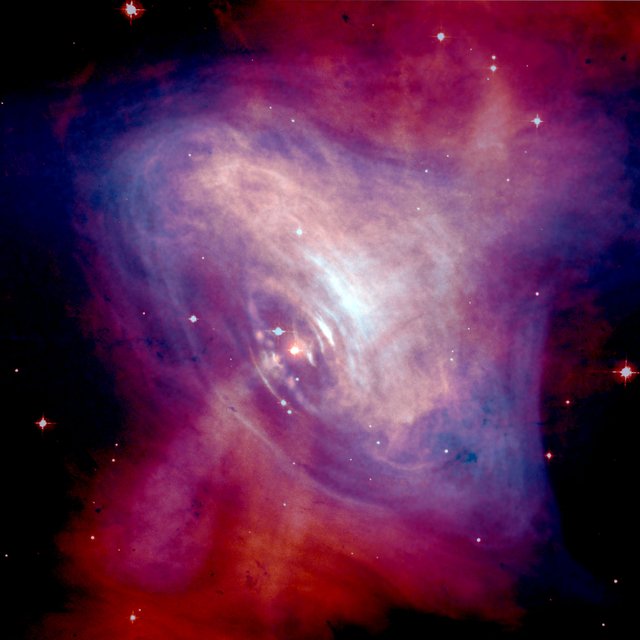
thank you. this is eye opening